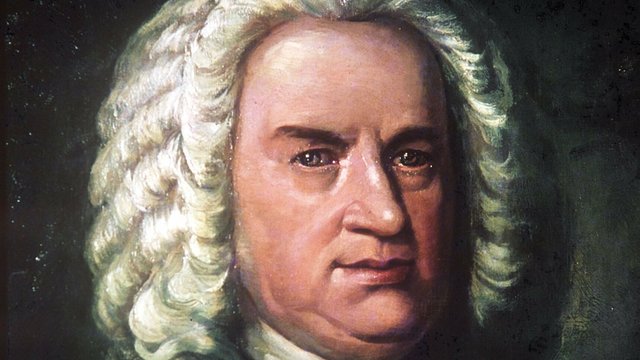


In a good month she can take in 80,000 rubles ($750), but that’s enough to pay for her room on the Moscow outskirts and to send some money to her kids. They have been her stage for the past four years. She took his advice, except that she chose the trains known as elektrichki as her venue rather than the street. One day she fell into conversation with a street musician after giving him some money and he encouraged her to follow his example, saying it would likely pay more than her scullery job. There was a house loan to pay off along with support for her two children, who live with their father.Īt first she worked as a dishwasher. The 49-year-old Oksana, who did not want her surname reported out of safety concerns, once worked at a cultural center in the southern city of Rostov-on-Don but moved to Moscow after she lost that job. She makes her own violins from kits and decorates them with intricate, colorful paintings of flowers and winding vines. It’s not just her repertoire that raises the passengers’ spirits, but her instruments themselves.

Classics, jazz, Russian folk music and children’s songs all flow as she glides her bow across the strings. With this highly readable book, Wolff sets a new standard in Bach biography.MOSCOW (AP) - The commuter trains that take wearied workers out of Moscow every day can be difficult - a long and slow trip in close quarters with strangers, some of them drinking alcohol or sprawled sleeping across the seats.īut a few days a week, riders might get a lift when Oksana comes aboard to soothe them with her violin artistry. Time: its institutions, traditions, and influences. And throughout, we see Bach in the broader context of his Wolff demonstrates the intimate connection between the composer's life and his music, showing how Bach's superb inventiveness pervaded his career as a musician, composer, performer, scholar, and teacher.

Now available in paperback, this engaging biography portrays Bach as the living, breathing-and sometimes imperfect-human being that he was, while bringing to bear all the advances gained in the last half-century of Bach scholarship. Published in 2000 to mark the 250th anniversary of Bach's death, author and leading Bach scholar Christoph Wolff presents a new picture that brings to life this towering figure of the Baroque era. Bach through countless performances and recordings, the composer himself continues to come across as the somewhat enigmatic figure depicted in a single, familiar portrait. Although we are acquainted with the music of J.


 0 kommentar(er)
0 kommentar(er)
